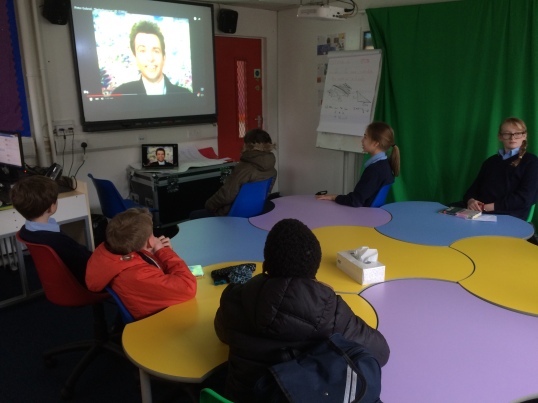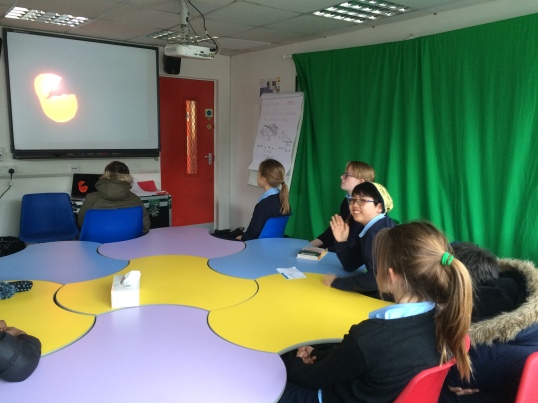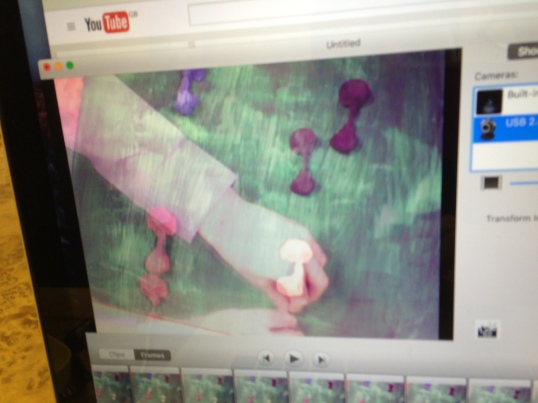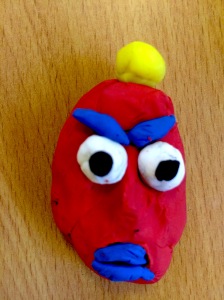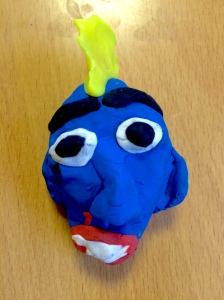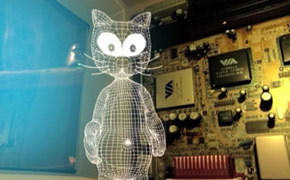Session 10 – artist’s visit, screening & demo
This was our last session and we were lucky enough to have a visit from Rebecca Foster – a local artist and animator. We watched some of her work which included some chalk drawing animations – one was a music video and another one – the Wallflower – featured on the TV programme Smart:
Rebecca explained some of the techniques she uses. She showed us one where she scratched designs on a roll of exposed acetate film to create this:
We then showed a few of our own animations edited in iMovie to few teachers, including our Head Teacher, they were impressed with what the children had learned and how they had been working together. The animations can be seen here.
After the screening we set up some editing and animation stations to demonstrate to the audience, including Rebecca, how we had been working over the past few weeks. This resulted in an updated version of an animation from last week:
Photos of the session:
… here’s what the demo produced in about 30 mins with Rebecca’s and other teachers’ help! Ms. Galeri, the Nursery teacher, would like the Year 6 demonstrators to go and show the nursery children the caterpillar movie.
Well done everyone, we’re all very proud of your achievements!













